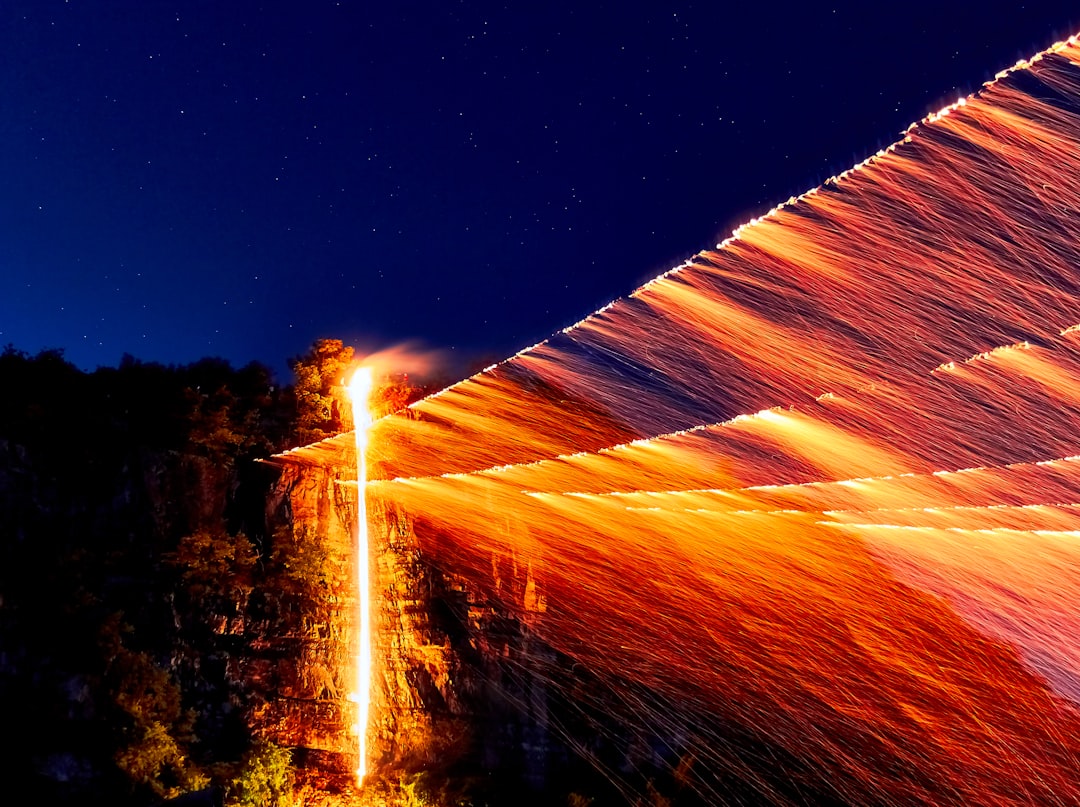
Introduction
The Inca Empire was one of the most impressive civilizations to ever exist, with its roots dating back to the early 13th century. The Incas were a highly advanced society that developed sophisticated farming techniques, impressive architecture, and an intricate road network. One of the most fascinating aspects of Inca culture is their rumored cities of gold. For centuries, explorers have searched for these legendary cities, which were said to be located deep in the heart of the Peruvian jungle.
The Incas and Cities of Gold: An Overview
The Incas were a highly advanced civilization that flourished in the Andean region of South America from the 13th to the 16th century. They were skilled in agriculture, architecture, metallurgy, and were masterful builders who constructed impressive cities and buildings, including the famous Machu Picchu. They were also known for their sophisticated social and political systems, which allowed them to control a vast empire stretching from present-day Ecuador to Chile.
The Incas had a rich culture and religion, and their society was organized around a complex system of beliefs that revolved around the worship of the sun, their most important deity. The Incas were a powerful and sophisticated civilization that dominated much of South America before the arrival of the Spanish in the 16th century. They were known for their remarkable architecture, engineering, and agricultural systems, as well as their gold and silver work.
One of the greatest mysteries surrounding the Incas is the location of their legendary “cities of gold” – vast, wealthy cities rumored to be hidden somewhere in the mountains of Peru. Despite numerous expeditions and countless stories, the search for these fabled cities has so far yielded little more than tantalizing clues and speculation. This article will delve into the history and culture of the Incas, as well as the ongoing search for their cities of gold.
The Legend of the Cities of Gold
The legend of the cities of gold originated with the Spanish conquistadors who arrived in South America in the 16th century. They heard tales of a great civilization that possessed vast quantities of gold, silver, and precious gems. The conquistadors were convinced that the cities of gold existed and set out on a quest to find them. However, despite their best efforts, they were never able to locate these mythical cities. The legacy of the Incas and their cities of gold continues to inspire people around the world to explore the mysteries of this ancient civilization.
The Inca Empire of South America
The Inca Empire, which was also known as Tawantinsuyu, covered a vast area of South America, including present-day Peru, Ecuador, Chile, Bolivia, and Argentina. The empire was highly centralized, with the capital city of Cusco acting as the political and religious center of the empire. The Incas were skilled farmers who were able to grow crops in the difficult terrain of the Andes Mountains. They also built impressive structures, such as the famous Machu Picchu, which still stands today as a testament to their advanced engineering skills.
The Sun: The Incas and The Gold
Gold held significant cultural and religious importance for the Incas. They revered gold as the “sweat of the sun” and considered it a sacred metal, leading to their great wealth in gold and other precious metals. The Incas believed that it was the sweat of the sun, and they used it to create intricate and highly detailed objects, such as jewelry, masks, and statues. However, gold was not used as currency in the Inca Empire, as the Incas instead used a barter system that was based on the exchange of goods and services.
Searching for the Cities of Gold
Despite the fact that the Spanish conquistadors were never able to find the cities of gold, the legend continued to fascinate explorers for centuries. In the 20th century, a number of explorers and archaeologists set out on expeditions to try and find evidence of these legendary cities. Many believed that the cities were located deep in the heart of the Amazon rainforest, which made the search incredibly challenging.
One of the most famous expeditions in search of the cities of gold was led by Hiram Bingham, an American archaeologist who discovered Machu Picchu in 1911. Bingham believed that the cities of gold were located in the Vilcabamba region, which was the site of the Inca’s last stronghold against the Spanish conquistadors. He conducted a number of expeditions in the area, but was never able to find any conclusive evidence of the cities of gold.
Another famous explorer who searched for the cities of gold was Percy Fawcett, a British explorer who disappeared while on an expedition to the Amazon in 1925. Fawcett believed that he had discovered evidence of the cities of gold and set out on a mission to find them. However, he and his team were never seen again, and their fate remains a mystery to this day.
Conclusion
The cities of gold may be nothing more than a legend, but the search for them has captivated explorers for centuries. While there is no concrete evidence that these cities ever existed, the legacy of the Incas lives on through their impressive architecture, advanced engineering, and intricate road network. The Incas were a highly advanced civilization that made significant contributions to the fields of agriculture, engineering, and architecture, leaving behind an impressive legacy that continues to captivate and inspire people around the world.





